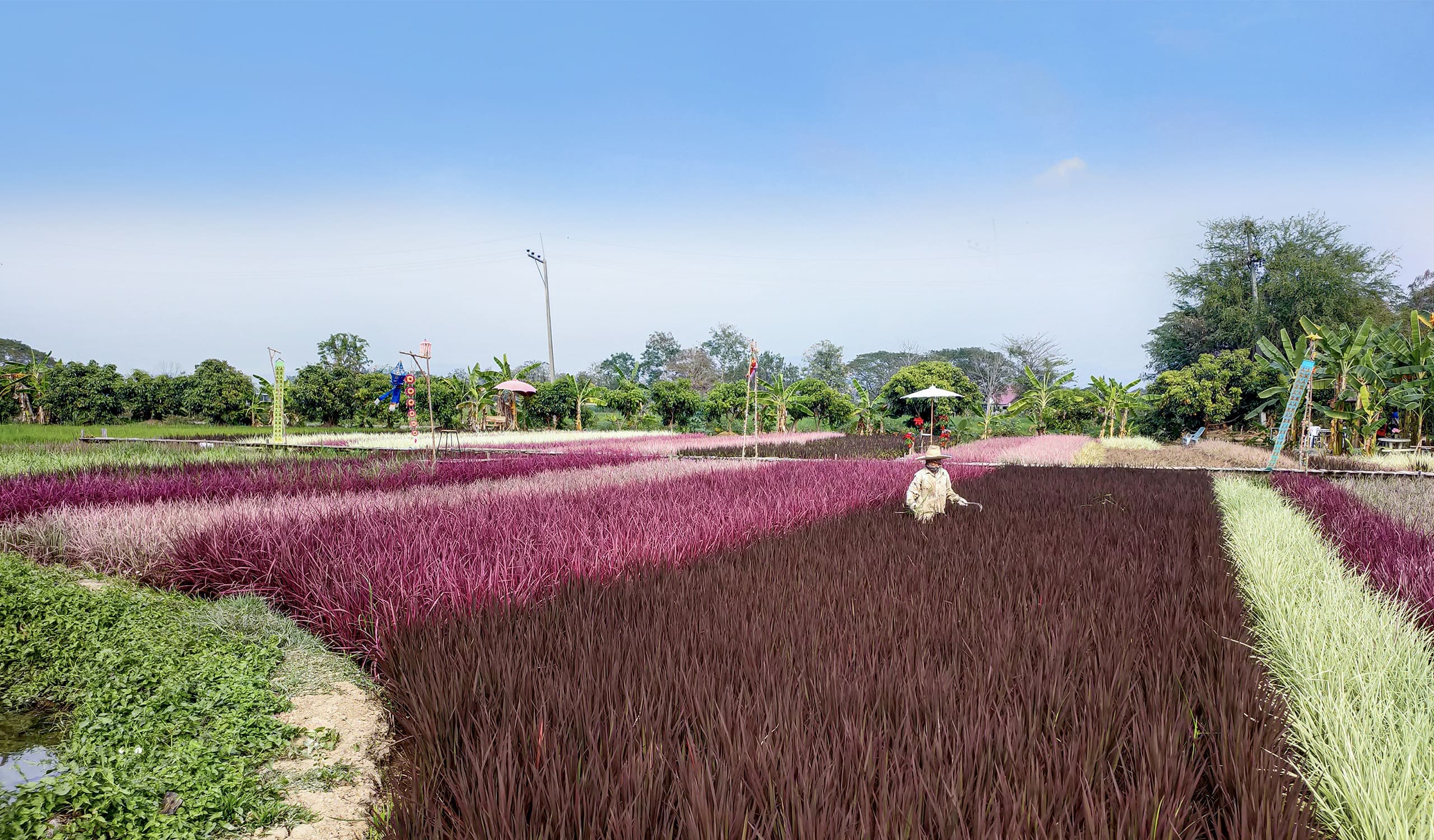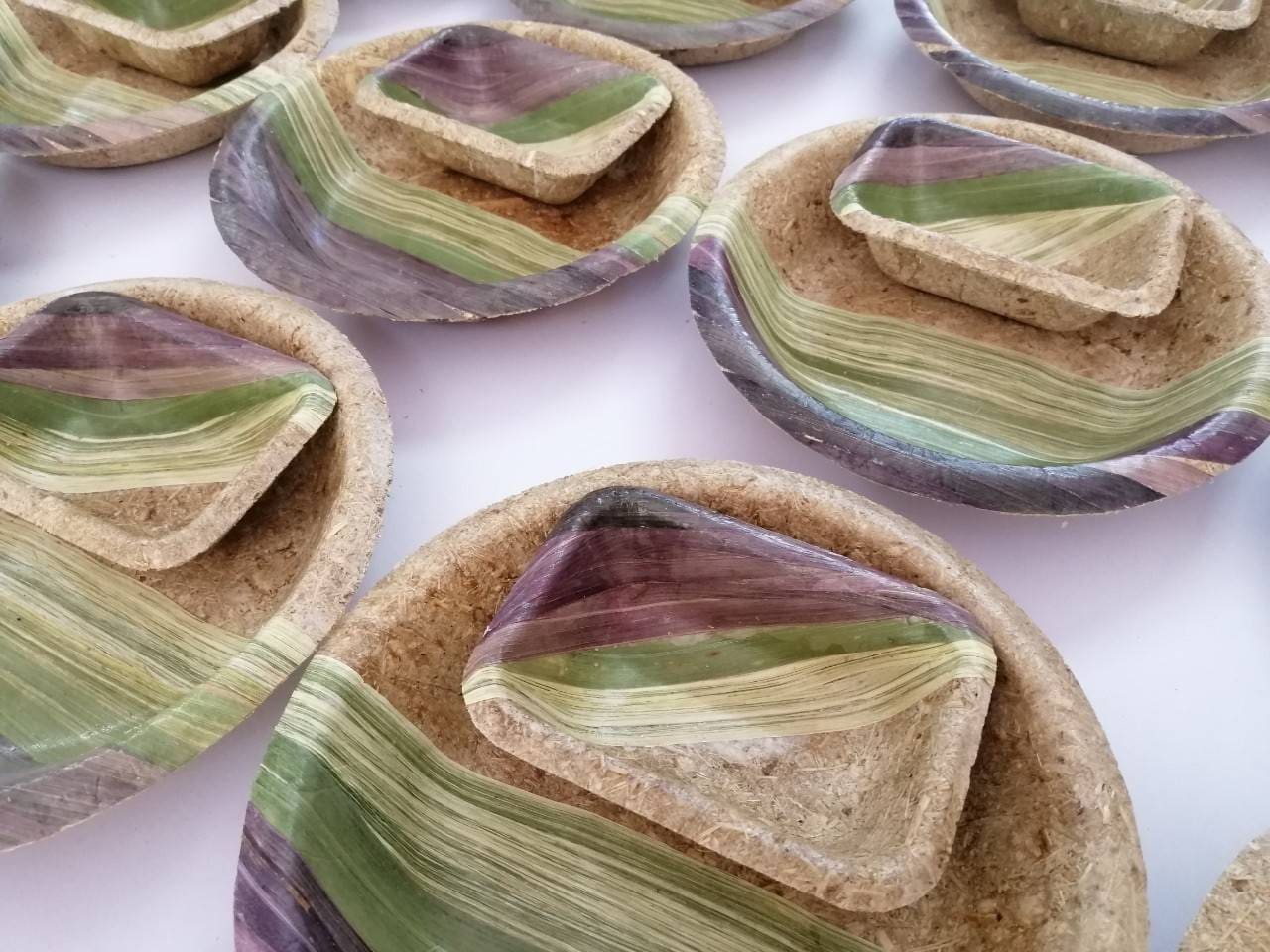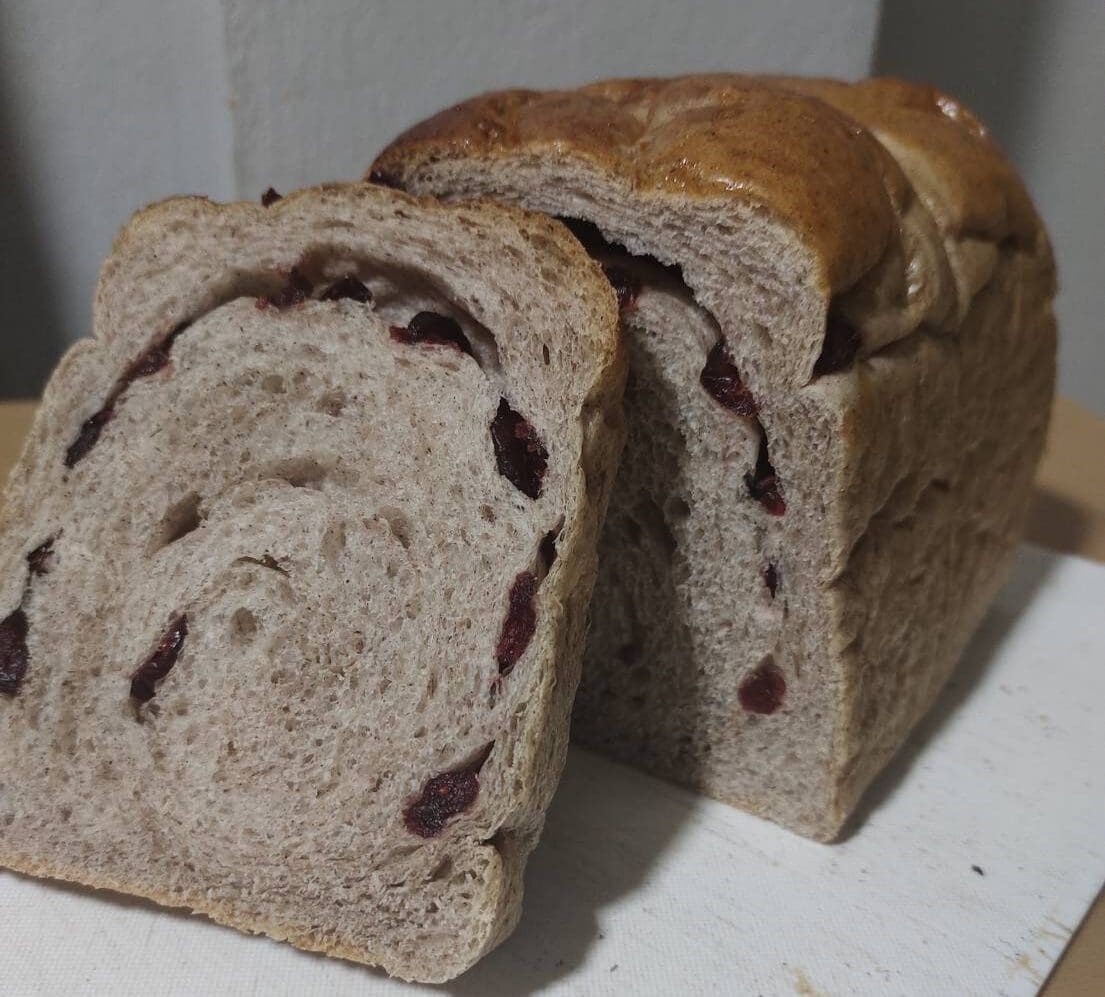Why it Matters
- 0MillionMillion
farmer households in Thailand
- >0
rice varieties globally
- ~0
per month is the net income for Thai rice farmer
Rice is a stable food for more than half the globe’s population, and for decades, The Rockefeller Foundation focused on improving yield.
Roy SteinerSenior Vice President, Food Initiative, The Rockefeller FoundationNow the priority is also to improve both nutritional content and environmental sustainability. Together, we are creating food more nourishing for people and planet.
Roy SteinerSenior Vice President, Food Initiative, The Rockefeller Foundation
With Rainbow Rice, the game-changer is the use of the leaves for human consumption.
Rich in dietary fiber, the leaves contain up to 50 times more bio-available minerals and micronutrients, as well as higher quality protein and fatty acid, compared with prior rice varieties, he says.
Rainbow Rice a progeny of White Stripped Leaf Rice, which evolved from Jao Hom Nin, and Klum Hom, an aromatic purple leaf variety. Rainbow Rice leaves are heavily pigmented with flavonoids and carotenoids, making them more of an antioxidant powerhouse than even the Riceberry grains.
Additionally, farmers can harvest the leaves during the vegetative stage and regrow the crop for the grain yield, which will allow them to increase their output, improving their livelihoods while enhancing global food security.
Five Rice Facts:
- 1Rice is the oldest known food still widely consumed today; archaeologists date its consumption back to 5000 BC.
- 2Rice is grown on every continent except Antarctica.
- 3There are more than 40,000 rice varieties.
- 4The Great Wall of China is held together with sticky rice.
- 5Rice, when thrown at weddings, is a symbolic wish for prosperity and fruitfulness.


